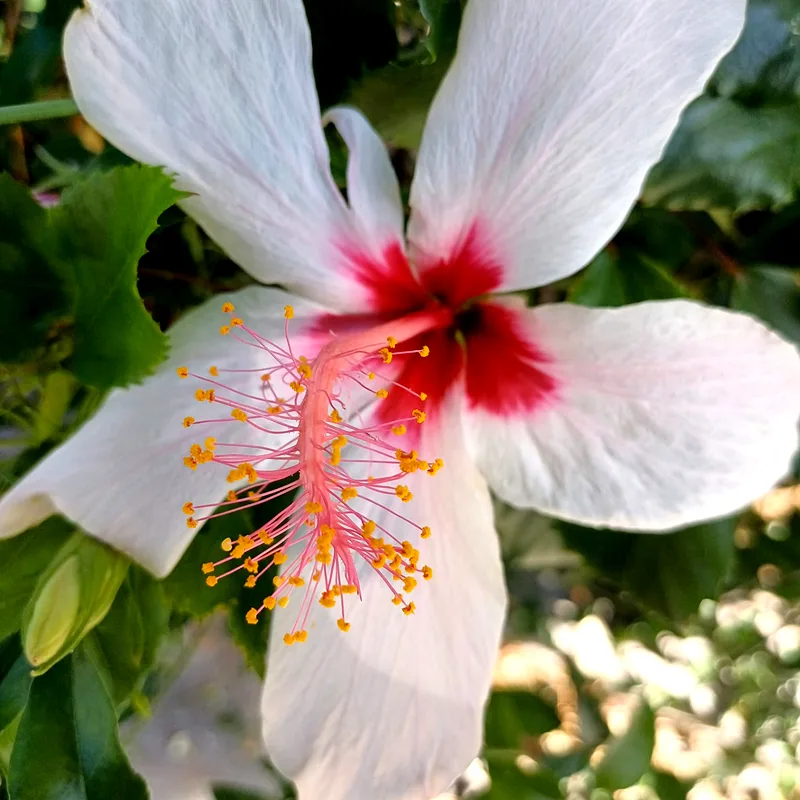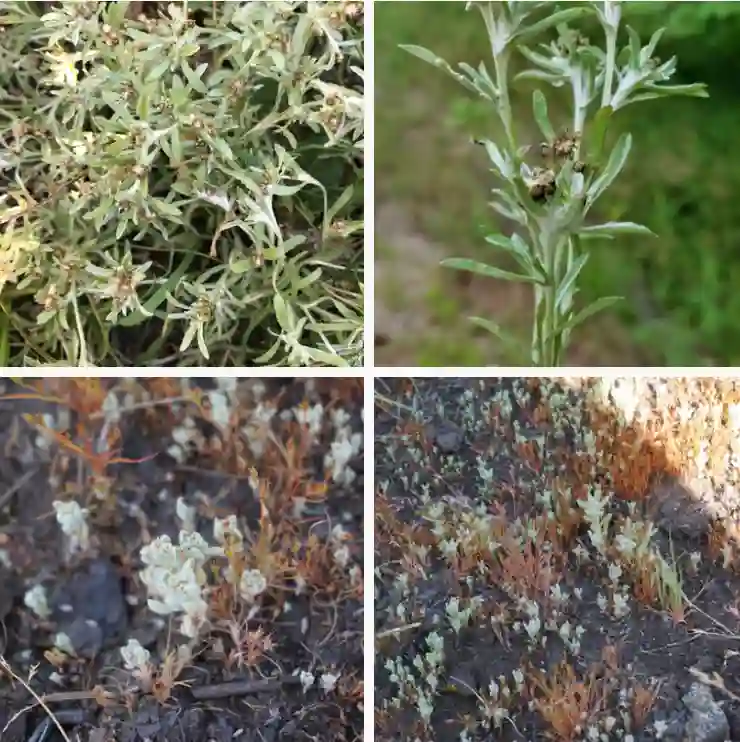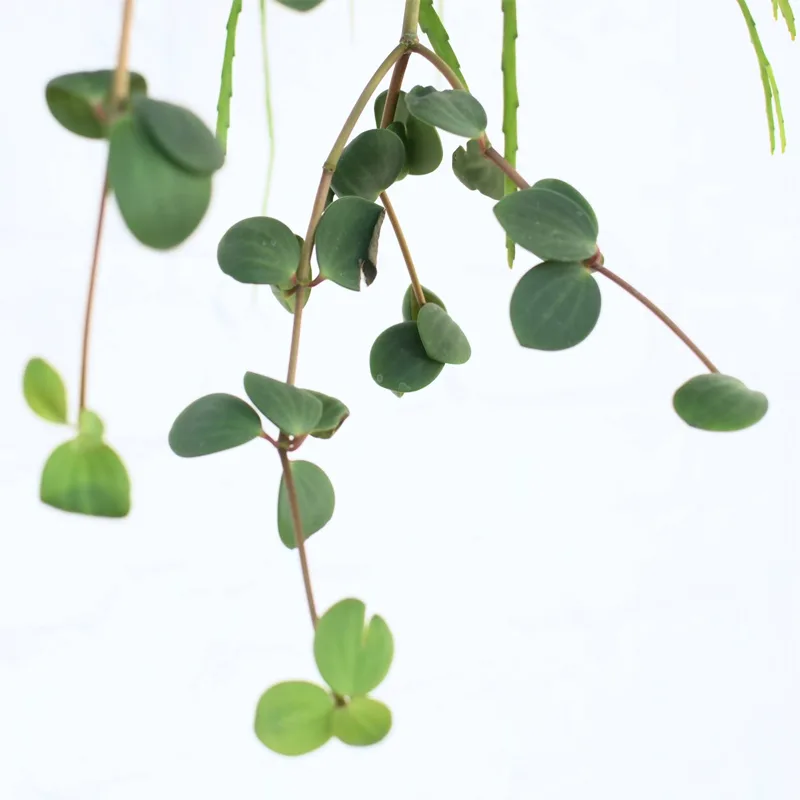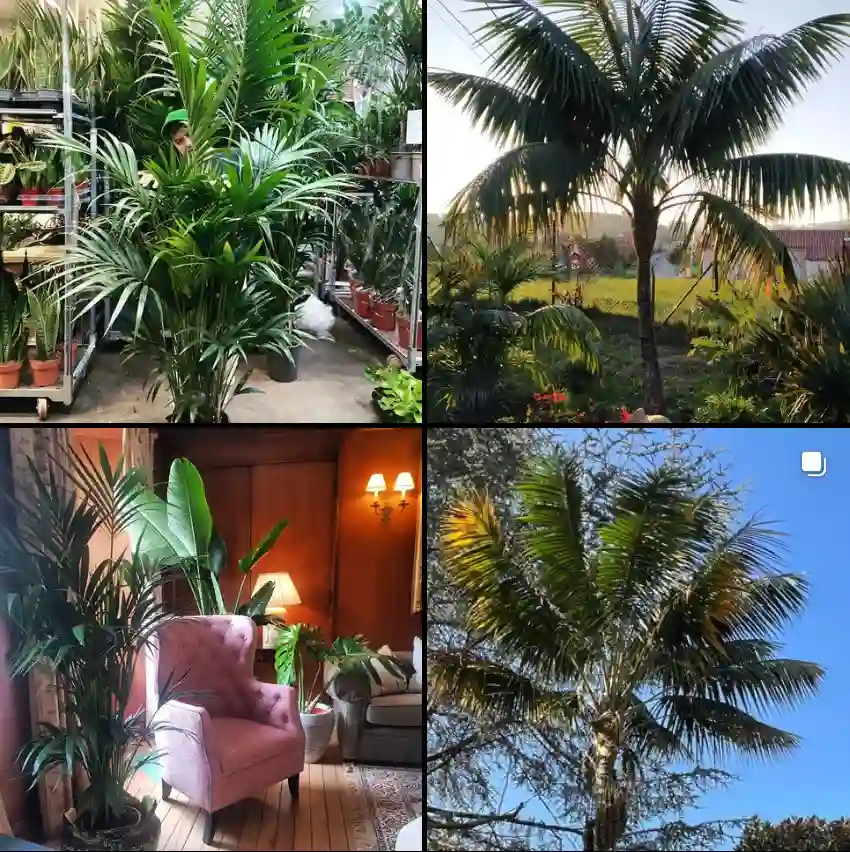FAQs About Maclura Aurantiaca: Everything You Need to Know
When diving into the world of plants, Maclura Aurantiaca, commonly known as the Osage Orange or Hedge Apple, often piques interest. This unique tree, with its distinctive fruit and historical significance, raises several questions. As someone who’s spent time with this plant, I’m excited to share insights and answer some frequently asked questions about Maclura Aurantiaca.
What Is Maclura Aurantiaca?
Maclura Aurantiaca, or Osage Orange, is a deciduous tree native to the United States, particularly in the regions of Texas, Oklahoma, and Arkansas. It belongs to the Moraceae family, which also includes fig trees and mulberries. Known for its striking green, wrinkled fruit that resembles a large, lumpy orange, this tree has a rich history. Indigenous peoples and early settlers used the Osage Orange wood for its strength and durability in making bows and fence posts.
Plant Family: 48 Genera in Moraceae
How to Care for Maclura Aurantiaca?
Caring for Maclura Aurantiaca involves understanding its specific needs:
- Sunlight: Osage Orange thrives in full sun. It needs at least six hours of direct sunlight daily to grow robustly.
- Soil: It prefers well-drained soil but is tolerant of a range of soil types, including clay and sandy soils. Good drainage is crucial to prevent root rot.
- Watering: Once established, the tree is relatively drought-tolerant. However, regular watering during dry spells will keep it healthy and promote growth.
- Pruning: Prune the tree to maintain its shape and remove any dead or diseased branches. It’s best to prune in late winter or early spring before new growth starts.
How to Propagate Maclura Aurantiaca?
Propagating Maclura Aurantiaca can be done through several methods:
- Seed Propagation: Collect seeds from the fruit in the fall. Store them in a cool, dry place until spring. To germinate, soak the seeds in water for 24 hours before planting them in a seed tray or directly in the ground.
- Cuttings: Take hardwood cuttings in late fall or early winter. Dip the cuttings in rooting hormone and plant them in a mix of peat and perlite. Keep the cuttings in a moist environment until roots develop.
What to Plant With Maclura Aurantiaca?
Maclura Aurantiaca pairs well with various companion plants:
- Native Grasses: Consider planting native grasses like Little Bluestem or Big Bluestem around the base. They complement the tree’s natural habitat and require similar care.
- Flowering Perennials: Plants like Black-eyed Susans or Echinacea can add vibrant color and contrast against the tree’s foliage.
- Other Trees: If you’re planting multiple trees, consider pairing Osage Orange with other native species like the Eastern Red Cedar or the American Elm for a diverse and attractive landscape.
Is Maclura Aurantiaca Toxic?
Maclura Aurantiaca is generally not considered toxic to humans or animals. However, the fruit is inedible and can cause mild digestive discomfort if ingested in large quantities. It’s always a good idea to keep the fruit out of reach of children and pets.
Benefits of Maclura Aurantiaca
Maclura Aurantiaca offers several benefits:
- Erosion Control: Its extensive root system makes it excellent for stabilizing soil and preventing erosion.
- Wildlife Habitat: The tree provides habitat and food for various wildlife species. Birds and mammals may use the tree for shelter or consume the fruit.
- Ornamental Value: The unique appearance of the Osage Orange tree and its fruit adds a distinctive touch to gardens and landscapes.
Common Problems with Maclura Aurantiaca
While generally robust, Maclura Aurantiaca can face a few issues:
- Pests: The tree can occasionally attract pests like scale insects or aphids. Regular monitoring and treatment with insecticidal soap can help manage these issues.
- Diseases: Fungal diseases, such as leaf spots or rust, may affect the tree. Ensure proper spacing and airflow to reduce the risk of disease, and remove any infected leaves promptly.
Comparing Maclura Aurantiaca with Similar Plants
Often confused with other trees, Maclura Aurantiaca can be compared to:
- Moraceae Family Members: Unlike fig or mulberry trees, the Osage Orange has a distinctive, bumpy fruit and a more rugged appearance.
- Osage Orange vs. Hedge Maple: The Hedge Maple (Acer campestre) is a smaller tree with smoother, maple-like leaves and does not produce the large, wrinkled fruit characteristic of the Osage Orange.
Conclusion
Maclura Aurantiaca, with its unique fruit and historical significance, is a fascinating tree to include in your landscape. Whether you’re considering adding it to your garden or simply curious about its care and benefits, understanding these FAQs can help you appreciate and manage this remarkable plant better. If you have any more questions or need further details, feel free to ask!




